
CONTENTS
Kobe’s best sightseeing, fantastic ocean views, and luxurious amenities, all at your fingertips at this elegant Kobe hotel!
Between the Bay and the Big City
Looking for a relaxing getaway in western Japan? The city of Kobe follows the northern coast of Osaka Bay, surrounded by mountains on one side and ocean on the other, and the historical Port of Kobe has blessed the city with a unique history of rich cultural exchange. Perched on the edge of the water, Kobe Meriken Park Oriental Hotel offers ideal accommodations for Kobe visitors looking to unwind while traveling through Kansai, thanks to their luxurious executive rooms, the variety of upscale and casual dining options, and the unbeatable location – on the edge of a seaside park, but a short walk from some of Kobe's busiest shopping and sightseeing areas. With an easygoing atmosphere, a unique mix of cultural influences from near and far, and of course delicious food (beef is a local specialty), Kobe is calling, and you won't want to miss the fantastic ocean views of Kobe Meriken Park Oriental Hotel while you're there!
Arriving at Kobe's port, it's hard to miss the iconic shape of Kobe Meriken Park Oriental Hotel, like a wave rolling right out of the ocean, or perhaps a huge cruise ship about the depart from the harbor. And the experience of staying at the hotel does feel a bit like a well-appointed cruise ship voyage, since the hotel is surrounded on three sides by the ocean. The rooms come in all shapes and sizes, with twins, doubles, singles, and suites, ranging from simple standard rooms to high-class executive rooms, but each and every one has its own veranda looking out in every direction, with views of the water and the airport in the distance, the relaxing spread of Meriken Park, and the nighttime lights along the coast. Like a cruise ship, the hotel's restaurants, lounges, cafes, sports club, pool, spa, and shopping facilities mean that guests don't have to go anywhere to enjoy their stay in Kobe, but of course the convenient location makes it easy to step out and enjoy the surrounding park, the Motomachi shopping area, Kobe's Nankinmachi Chinatown, and all the attractions along the coast (more on these below)!
5-6 Hatobacho, Chuo Ward, Kobe, Hyogo
Check-in/Check-out: 15:00 / 11:00 (~12:00 for executive rooms)
Phone: 07-8325-8111
Official Website (en) ・ Reservations
▷ Kobe Travel Tips: The Kobe Port area is easily accessible from around Japan via the Shinkansen, but as Kobe Meriken Park Oriental Hotel guests can see from the south-facing verandas, both Kansai International Airport and the local Kobe Airport are within sight across the water of Osaka Bay, and easily within reach using shuttle buses, taxis, or local trains. The slightly closer Kobe Airport is even aiming to open an international terminal in the next decade, so before long, it will be easier than ever to enjoy a trip to the area!
The Executive Room Experience
The range of rooms at Kobe Meriken Park Oriental Hotel offers options for a variety of guests, but for the ultimate trip to Kobe, the hotel's "executive" rooms provide the luxury resort experience. Stylish decor and tasteful decoration in a selection of seaside color palettes all enhance the high-class experience of these spacious rooms, which come as twins, doubles, and suites – and there's not a hint of the cramped feeling found at many Japanese accommodations. The windows looking out onto Kobe's coast only add to the airy feeling at Kobe Meriken Park Oriental Hotel, but the verandas attached to each and every room provide the perfect space to enjoy the fresh ocean air, and stepping out onto one of the broad verandas of the executive rooms feels like venturing out on deck in the middle of the bay. There's no better feeling than getting back after a full day exploring Kobe, taking a luxurious bath with the hotel's specially formulated toiletries, making a cup of tea or coffee with the machine in your room, and enjoying it on the outdoor veranda seats as the lights glitter across the water.
However, at Kobe Meriken Park Oriental Hotel the executive experience doesn't just stop at the elegant rooms. Guests staying in executive rooms also get an expedited check-in experience at a dedicated counter plus late check-out (~12pm), free use of the hotel's pool and gym (for guests 18+), discounts at hotel restaurants, preferential access to Kobe harbor cruises, and perhaps most lavish of all, access to the Executive Lounge.
Just off the hotel lobby, the executive lounge is full of comfortable sofas and convenient tables, with great views of the water and a Ferris wheel that reflects in the bay after dark. It's the perfect place to head after after check-in, when buffet-style afternoon tea is offered from 2:30 to 4:30 pm, including a variety of small bites both sweet and savory, and drinks of all kinds. Refreshments include sandwiches with smoked salmon and ostentatious little BLTs, colorful petit four cakes and other bite-size desserts, light snacks like dried fruit and pretzels, plus a shelf full of tea options, coffee, soft drinks, and even sparkling wine for guests 20 and older. There's everything you need to while away the afternoon with a blissful tea time on the water.
After a quick reset, the lounge is open again from 5:30 to 7:30 pm, this time with evening cocktails – an ideal break between a day out on the town and dinner time. Although, after a trip to this buffet, guests might not need dinner anymore! Evening offerings include colorful canapes, hot foods like fried shrimp and mini shepherd's pies, prosciutto alongside other meats and cheese, and some little pastries for the sweet tooth out there. Not to mention the wine section and the little cocktail bar, which comes fully stocked, and comes accompanied by chilled soft drinks, tonic water, and fruit juices. This part of the buffet is also self-serve, so guests can show off their own cocktail-crafting skills. With the sun fully set, the lounge offers a spectacular view of the seaside lights reflecting on the water.
After a full night of sleep in a spacious executive room, the sunny Executive Lounge is once again open to visitors, this time for breakfast. From 7:30 to 11:00 am, breakfast includes both a buffet and main dishes served by waitstaff directly from the kitchen. Sitting down at the table, guests can order a mushroom omelet or a plate of pancakes, with toppings varying from caramelized bananas to savory cheese sauces. To round out the meal, the buffet offers fresh fruit and yogurt, salad makings and cooked veggies, cold cuts, eggs soft-boiled and poached, soups, some Japanese-style dishes, and a selection of bread and pastries. Coffee and tea are freely available, but the freshly-squeezed orange juice made in a machine right before your eyes is a must for juice drinkers! There's no better way to finish off your stay at the Kobe Meriken Park Oriental Hotel than a full breakfast at the Executive Lounge, a dip in the pool, and one last look out from your room's veranda.
Dining at the Hotel
For a different dining experience, Kobe Meriken Park Oriental Hotel also has a handful of restaurants on the premises. High on the 14th floor, diners can enjoy a chic steakhouse serving Kobe beef called Oriental, an upscale Chinese restaurant specializing in Cantonese cuisine called Toukashun, and a jazzy bar with cafe options during the day and professionally-made cocktails in the evening, called View Bar. On the 3rd floor, closer to the water, floor-to-ceiling windows looking out on the bay, and the decorations at Santa Monica's Wind really do create an atmosphere reminiscent of an airy eatery on the California coast.
The buffet at Santa Monica's Wind is open for breakfast, lunch, and dinner, serving up American dishes, but also Japanese specialties, and cuisine from around the world. The dinner buffet includes sushi and miso soup, but also Japanese curry, mapo tofu, cashew chicken, teppan-cooked steak, green salads and caprese, paella, and fresh-cooked crepes. Diners can fill up their plates and eat out on the open terrace, or sit by the windows on windier days, looking out onto the open water.
Enjoying Meriken Park & Central Kobe
Why make the Port of Kobe your home base while visiting Kansai? The area around Kobe Meriken Park Oriental Hotel has plenty to enjoy, from the active port and bayside leisure facilities, to bustling shopping districts, and even Kobe's own Chinatown. Starting from just what's visible from the windows of the hotel, there's already plenty to do. Meriken Park is home to the Kobe Port Tower, which glows a bright red at night and offers panoramic views of the city and busy port activities during the day*, as well as the Kobe Maritime Museum, with huge historical ships on display and exhibits about the Port of Kobe past and present. Travelers looking for a leisurely day in Kobe can find docks for bay cruise ships on the edge of the water, with ships waiting to whisk visitors off on a trip around the harbor, and the nearby Meriken Park Starbucks is somewhat famous for its distinctive architecture and outdoor seating. The park is scattered with solemn memorials to the 1995 earthquake that devastated the region, but for some fun Kobe snapshots, the Meriken Park "Be Kobe" sign right next to the hotel is the go-to spot!
*At time of publication, Kobe Port Tower is temporarily closed for renovations.
Across a small inlet of the bay, and just a few minutes' walk from the hotel, shoppers will be pleased to find larger shopping facilities like Umie and Mosaic, packed with local and international brands, casual eateries, and even a movie theater. The same area also has the Kobe Anpanman Children’s Museum & Mall, featuring a popular Japanese kids' character, and the rainbow-painted "Mosaic Big Ferris Wheel" that's visible from the hotel's western-facing windows!
Venture away from the bay and into the city, and a series of narrow streets hold a collection of trendy coffee shops and boutiques, leading to one of Kobe's top sightseeing spots: Chinatown. When Japan opened to the world in the 1860s, and Kobe's port started welcoming brand new immigrants, a wave of new arrivals from eastern China gave the neighborhood its current name, "Nankin-machi" (after the city of Nanjing). These days the bustling streets are a strong reminder of Kobe's international history, full of stalls selling Peking duck, panda-shaped steamed buns, and Chinese rice balls stuffed with local Kobe beef. The colorful Chinatown gates and central square decorated with zodiac statues are popular photo spots… as well as the rather opulently decorated Garyoden public restroom, down an inconspicuous side alley.
Just a little north of Nankin-machi Chinatown, the festive red lanterns give way to the retro Japanese stylings of Kobe's Motomachi area, crowded around Motomachi Station (the most convenient stop for Kobe Meriken Park Hotel). The area is streaked with covered shopping arcades, each lined with a mix of shops that bring back memories of days past, like coffee shops that haven't changed in decades, umbrella makers selling colorful parasols, and boutiques clearly catering to locals who have been shopping there for as long as anyone remembers. Of course, there are modern drug stores, chain cafes, and trendy restaurants to be found as well. Exploring the Motomachi area is a little like a treasure hunt!
For the Ultimate Kobe Experience, Don’t Miss Kobe Meriken Park Oriental Hotel
From the moment you arrive at Meriken Park on the edge of the bay, and ride up the moving walkway to the atrium-like lobby, Kobe Meriken Park Oriental Hotel feels like a seaside escape, despite being an easy walk from some of Kobe's busiest neighborhoods. The verandas attached to each and every room, decadent dining options, and top-class service make this convenient hotel feel like a resort getaway – and that's all before you see the luxury of an executive room and the joy of afternoon tea in the lounge, admiring the sunset as it brings out the golden glimmer of a glass of sparkling wine. On your next Japan vacation, don't miss the chance to enjoy a few luxurious nights in Kobe.
For more info and updates from Japan, check Japankuru for new articles, and don't forget to follow us on Twitter, Instagram, and Facebook!
COMMENT
FEATURED MEDIA
VIEW MORE 
A New Tokyo Animal Destination: Relax & Learn About the World’s Animals in Japan
#pr #japankuru #anitouch #anitouchtokyodome #capybara #capybaracafe #animalcafe #tokyotrip #japantrip #카피바라 #애니터치 #아이와가볼만한곳 #도쿄여행 #가족여행 #東京旅遊 #東京親子景點 #日本動物互動體驗 #水豚泡澡 #東京巨蛋城 #เที่ยวญี่ปุ่น2025 #ที่เที่ยวครอบครัว #สวนสัตว์ในร่ม #TokyoDomeCity #anitouchtokyodome

Shohei Ohtani Collab Developed Products & Other Japanese Drugstore Recommendations From Kowa
#pr #japankuru
#kowa #syncronkowa #japanshopping #preworkout #postworkout #tokyoshopping #japantrip #일본쇼핑 #일본이온음료 #오타니 #오타니쇼헤이 #코와 #興和 #日本必買 #日本旅遊 #運動補充能量 #運動飲品 #ช้อปปิ้งญี่ปุ่น #เครื่องดื่มออกกำลังกาย #นักกีฬา #ผลิตภัณฑ์ญี่ปุ่น #อาหารเสริมญี่ปุ่น

도쿄 근교 당일치기 여행 추천! 작은 에도라 불리는 ‘가와고에’
세이부 ‘가와고에 패스(디지털)’ 하나면 편리하게 이동 + 가성비까지 완벽하게! 필름카메라 감성 가득한 레트로 거리 길거리 먹방부터 귀여움 끝판왕 핫플&포토 스폿까지 총집합!
Looking for day trips from Tokyo? Try Kawagoe, AKA Little Edo!
Use the SEIBU KAWAGOE PASS (Digital) for easy, affordable transportation!
Check out the historic streets of Kawagoe for some great street food and plenty of picturesque retro photo ops.
#pr #japankuru #도쿄근교여행 #가와고에 #가와고에패스 #세이부패스 #기모노체험 #가와고에여행 #도쿄여행코스 #도쿄근교당일치기 #세이부가와고에패스
#tokyotrip #kawagoe #tokyodaytrip #seibukawagoepass #kimono #japantrip

Hirakata Park, Osaka: Enjoy the Classic Japanese Theme Park Experience!
#pr #japankuru #hirakatapark #amusementpark #japantrip #osakatrip #familytrip #rollercoaster #retrôvibes #枚方公園 #大阪旅遊 #關西私房景點 #日本親子旅行 #日本遊樂園 #木造雲霄飛車 #히라카타파크 #สวนสนุกฮิราคาตะพาร์ค

🍵Love Matcha? Upgrade Your Matcha Experience With Tsujiri!
・160년 전통 일본 말차 브랜드 츠지리에서 말차 덕후들이 픽한 인기템만 골라봤어요
・抹茶控的天堂!甜點、餅乾、飲品一次滿足,連伴手禮都幫你列好清單了
・ส่องมัทฉะสุดฮิต พร้อมพาเที่ยวร้านดังในอุจิ เกียวโต
#pr #japankuru #matcha #matchalover #uji #kyoto #japantrip #ujimatcha #matchalatte #matchasweets #tsujiri #말차 #말차덕후 #츠지리 #교토여행 #말차라떼 #辻利抹茶 #抹茶控 #日本抹茶 #宇治 #宇治抹茶 #日本伴手禮 #抹茶拿鐵 #抹茶甜點 #มัทฉะ #ของฝากญี่ปุ่น #ชาเขียวญี่ปุ่น #ซึจิริ #เกียวโต

・What Is Nenaito? And How Does This Sleep Care Supplement Work?
・你的睡眠保健品——認識「睡眠茶氨酸錠」
・수면 케어 서플리먼트 ‘네나이토’란?
・ผลิตภัณฑ์เสริมอาหารดูแลการนอน “Nenaito(ネナイト)” คืออะไร?
#pr #japankuru #sleepcare #japanshopping #nenaito #sleepsupplement #asahi #睡眠茶氨酸錠 #睡眠保健 #朝日 #l茶胺酸 #日本藥妝 #日本必買 #일본쇼핑 #수면 #건강하자 #네나이토 #일본영양제 #อาหารเสริมญี่ปุ่น #ช้อปปิ้งญี่ปุ่น #ร้านขายยาญี่ปุ่น #ดูแลตัวเองก่อนนอน #อาซาฮิ

Japanese Drugstore Must-Buys! Essential Items from Hisamitsu® Pharmaceutical
#PR #japankuru #hisamitsu #salonpas #feitas #hisamitsupharmaceutical #japanshopping #tokyoshopping #traveltips #japanhaul #japantrip #japantravel

Whether you grew up with Dragon Ball or you just fell in love with Dragon Ball DAIMA, you'll like the newest JINS collab. Shop this limited-edition Dragon Ball accessory collection to find some of the best Dragon Ball merchandise in Japan!
>> Find out more at Japankuru.com! (link in bio)
#japankuru #dragonball #dragonballdaima #animecollab #japanshopping #jins #japaneseglasses #japantravel #animemerch #pr

This month, Japankuru teamed up with @official_korekoko to invite three influencers (originally from Thailand, China, and Taiwan) on a trip to Yokohama. Check out the article (in Chinese) on Japankuru.com for all of their travel tips and photography hints - and look forward to more cool collaborations coming soon!
【橫濱夜散策 x 教你怎麼拍出網美照 📸✨】
每次來日本玩,是不是都會先找旅日網紅的推薦清單?
這次,我們邀請擁有日本豐富旅遊經驗的🇹🇭泰國、🇨🇳中國、🇹🇼台灣網紅,帶你走進夜晚的橫濱!從玩樂路線到拍照技巧,教你怎麼拍出最美的夜景照。那些熟悉的景點,換個視角說不定會有新發現~快跟他們一起出發吧!
#japankuru #橫濱紅磚倉庫 #汽車道 #中華街 #yokohama #japankuru #橫濱紅磚倉庫 #汽車道 #中華街 #yokohama #yokohamaredbrickwarehouse #yokohamachinatown

If you’re a fan of Vivienne Westwood's Japanese designs, and you’re looking forward to shopping in Harajuku this summer, we’ve got important news for you. Vivienne Westwood RED LABEL Laforet Harajuku is now closed for renovations - but the grand reopening is scheduled for July!
>> Find out more at Japankuru.com! (link in bio)
#japankuru #viviennewestwood #harajuku #omotesando #viviennewestwoodredlabel #viviennewestwoodjapan #비비안웨스트우드 #오모테산도 #하라주쿠 #日本購物 #薇薇安魏斯伍德 #日本時尚 #原宿 #表參道 #japantrip #japanshopping #pr

Ready to see TeamLab in Kyoto!? At TeamLab Biovortex Kyoto, the collective is taking their acclaimed immersive art and bringing it to Japan's ancient capital. We can't wait to see it for ourselves this autumn!
>> Find out more at Japankuru.com! (link in bio)
#japankuru #teamlab #teamlabbiovortex #kyoto #kyototrip #japantravel #artnews
Photos courtesy of teamLab, Exhibition view of teamLab Biovortex Kyoto, 2025, Kyoto ® teamLab, courtesy Pace Gallery

Japanese Makeup Shopping • A Trip to Kamakura & Enoshima With Canmake’s Cool-Toned Summer Makeup
#pr #canmake #enoshima #enoden #에노시마 #캔메이크 #japanesemakeup #japanesecosmetics

⚔️The Robot Restaurant is gone, but the Samurai Restaurant is here to take its place. Check it out, and don't forget your coupon!
🍣신주쿠의 명소 로봇 레스토랑이 사무라이 레스토랑으로 부활! 절찬 쿠폰 발급중
💃18歲以上才能入場的歌舞秀,和你想的不一樣!拿好優惠券去看看~
#tokyo #shinjuku #samurairestaurant #robotrestaurant #tokyotrip #도쿄여행 #신주쿠 #사무라이레스토랑 #이색체험 #할인이벤트 #歌舞伎町 #東京景點 #武士餐廳 #日本表演 #日本文化體驗 #japankuru #japantrip #japantravel #japanlovers #japan_of_insta

Japanese appliance & electronics shopping with our KOJIMA x BicCamera coupon!
用JAPANKURU的KOJIMA x BicCamera優惠券買這些正好❤️
코지마 x 빅 카메라 쿠폰으로 일본 가전 제품 쇼핑하기
#pr #japankuru #japanshopping #kojima #biccamera #japaneseskincare #yaman #dji #osmopocket3 #skincaredevice #日本購物 #美容儀 #相機 #雅萌 #日本家電 #일본여행 #면세 #여행꿀팁 #일본쇼핑리스트 #쿠폰 #일본쇼핑 #일본브랜드 #할인 #코지마 #빅카메라 #japankurucoupon

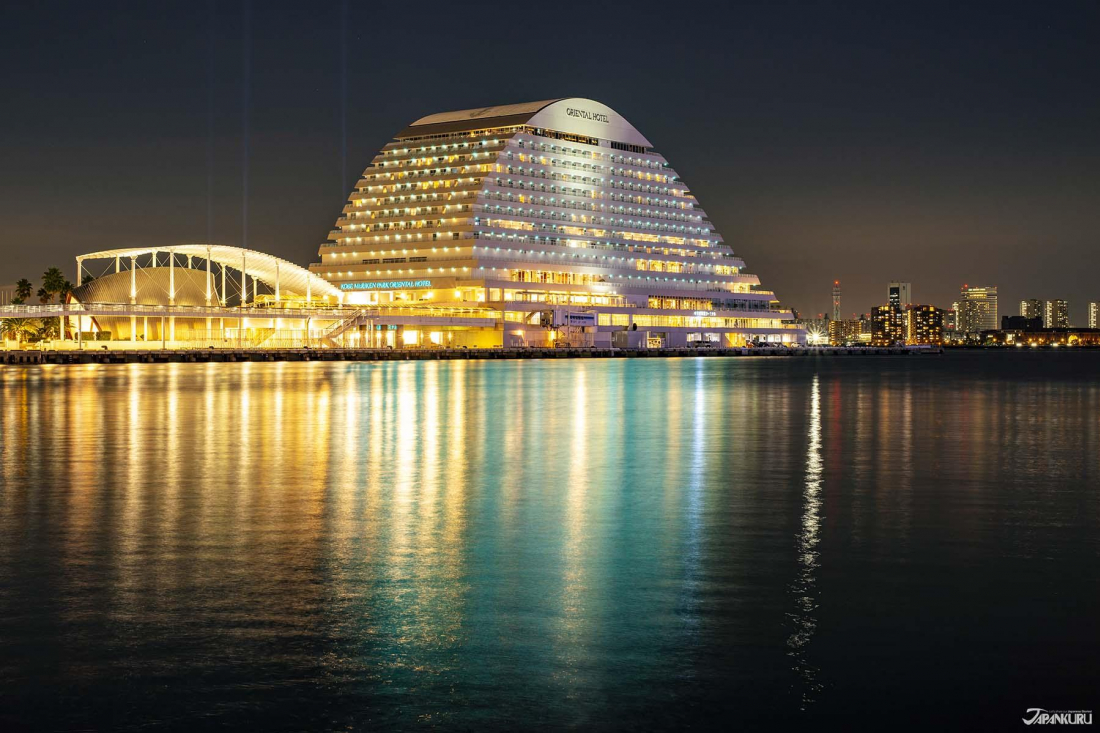







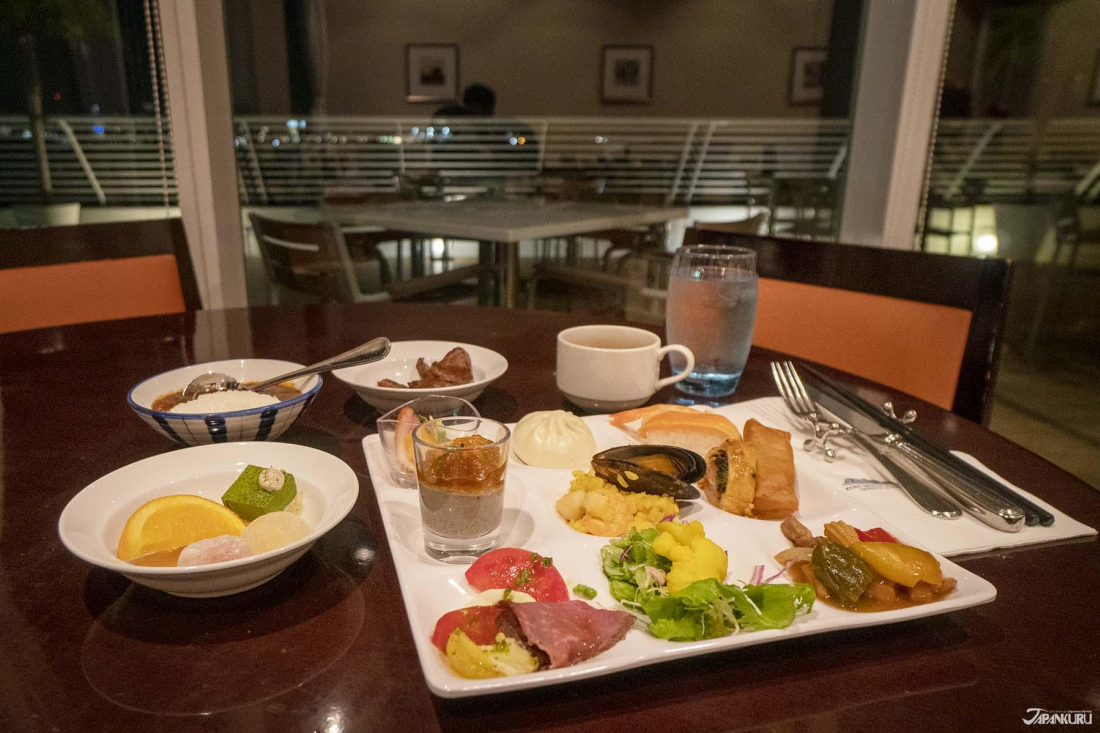
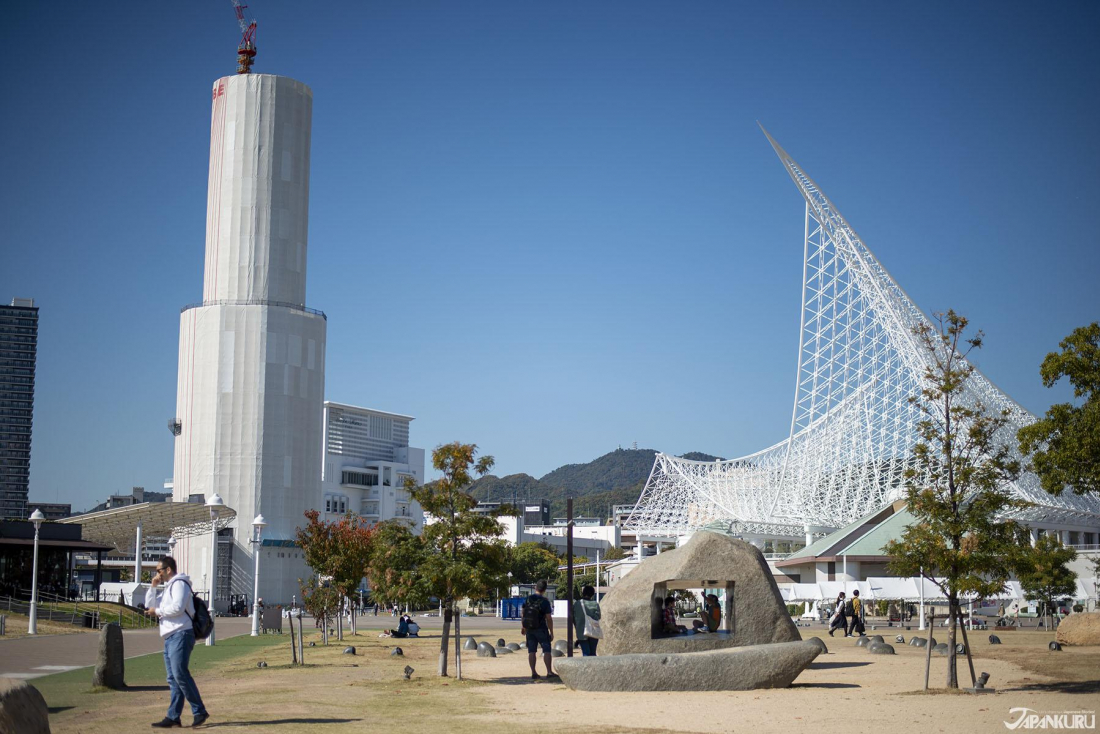
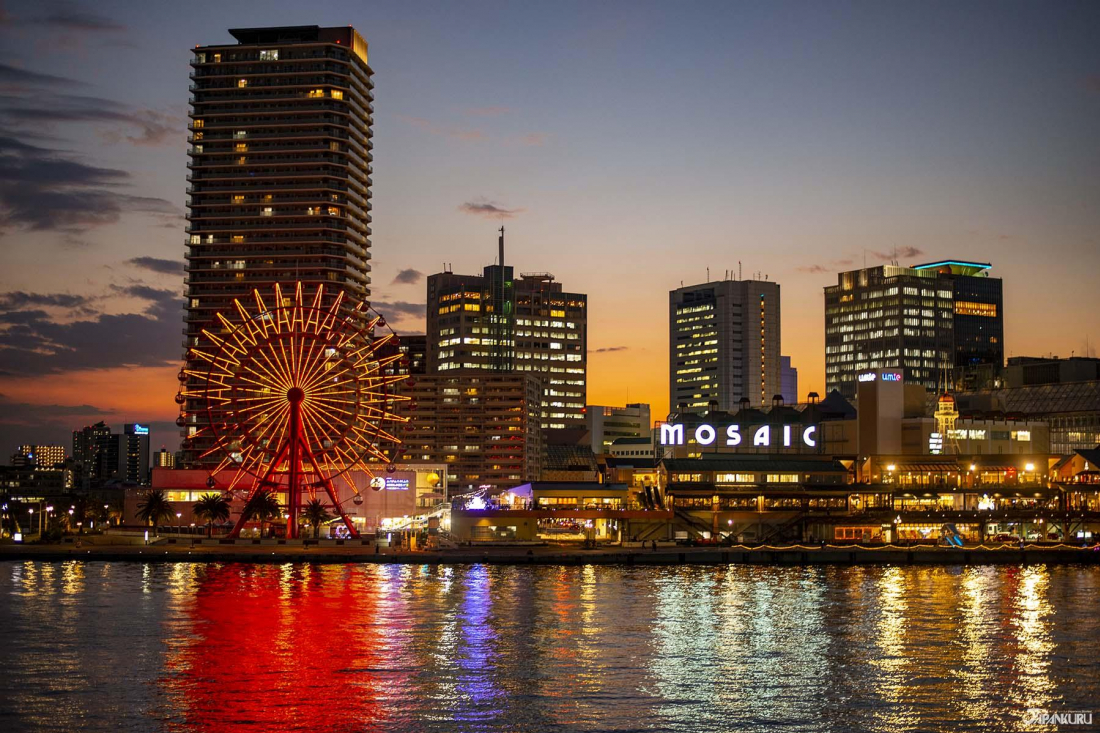

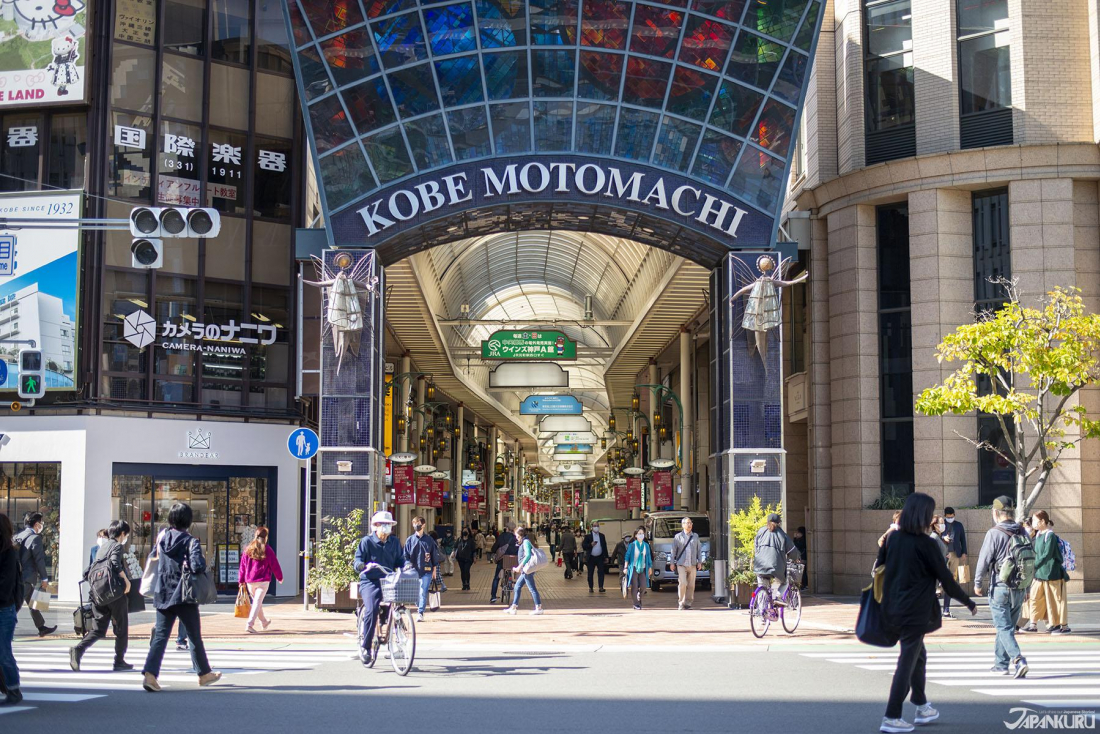
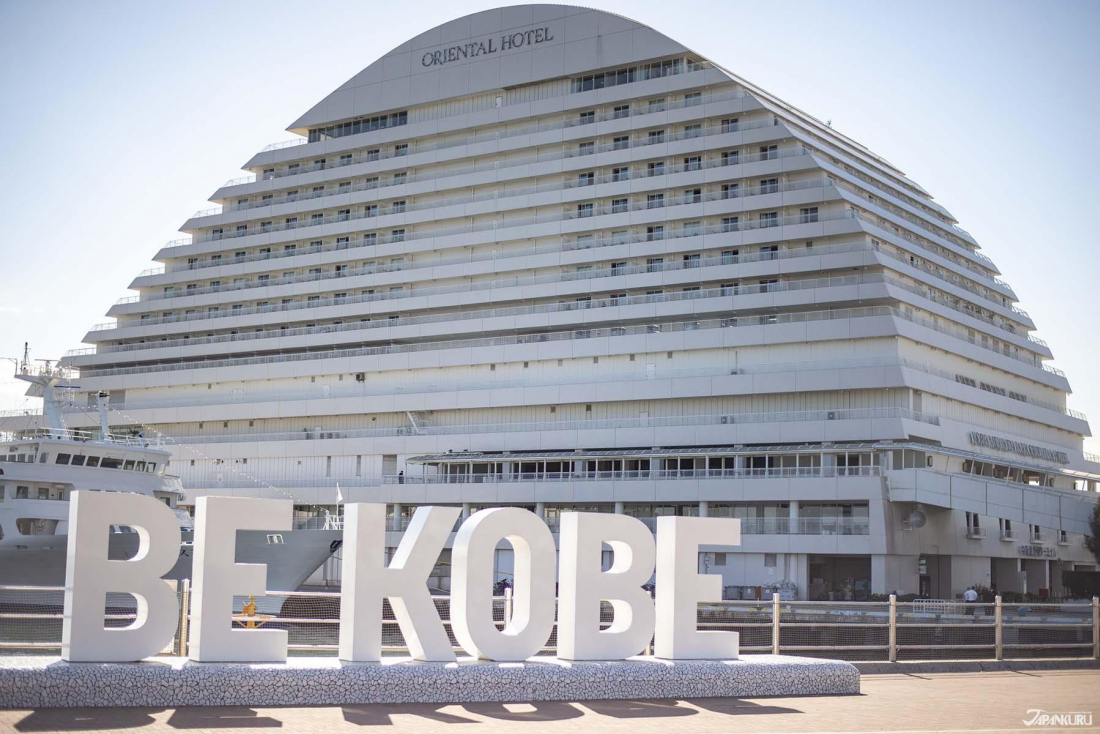










































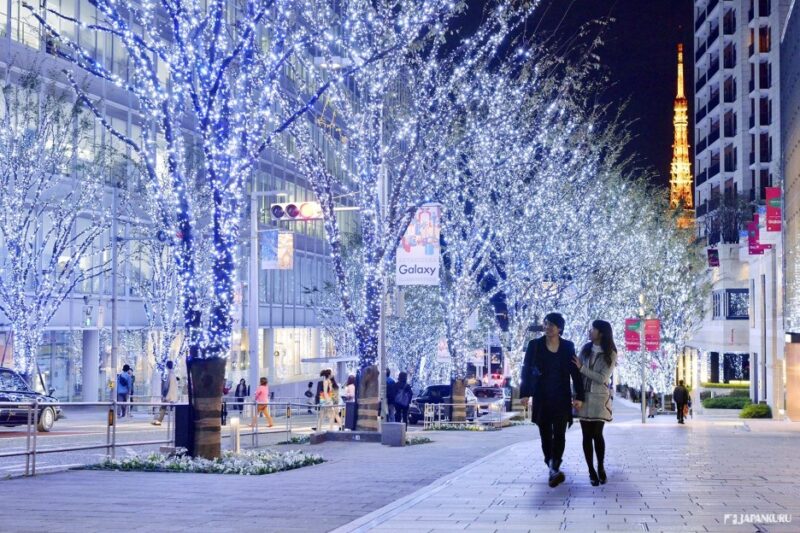
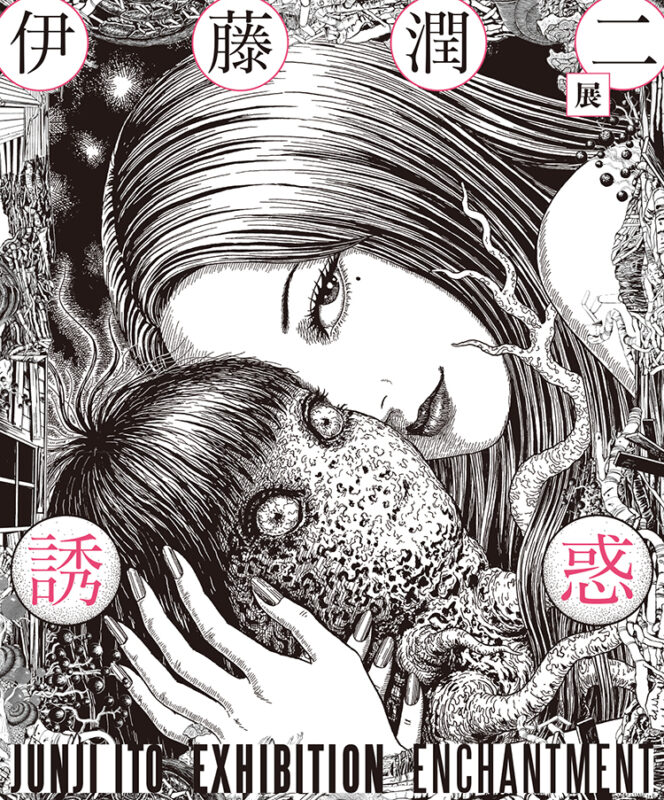
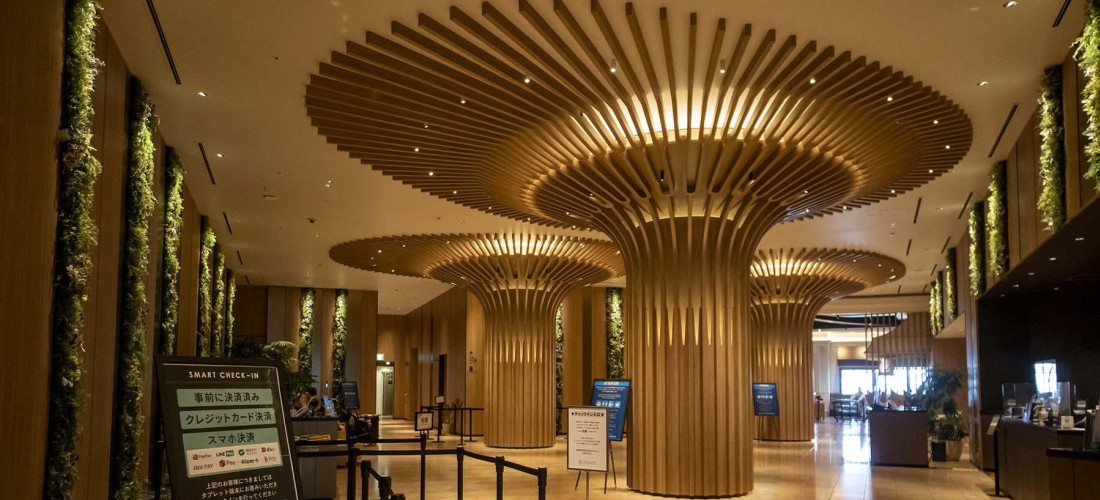
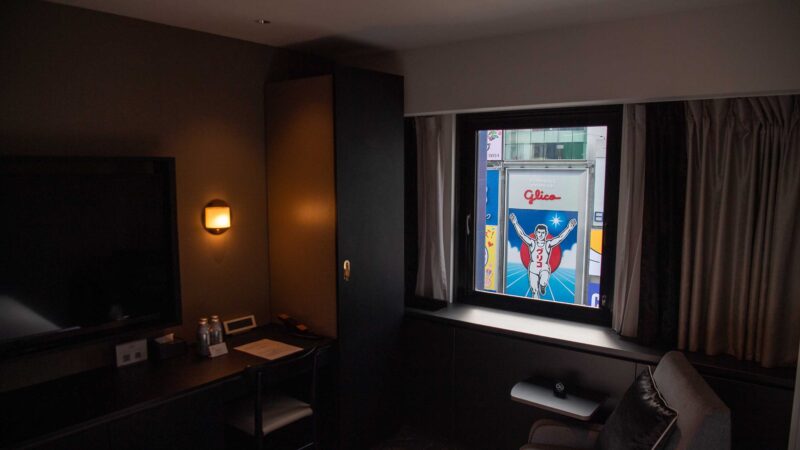
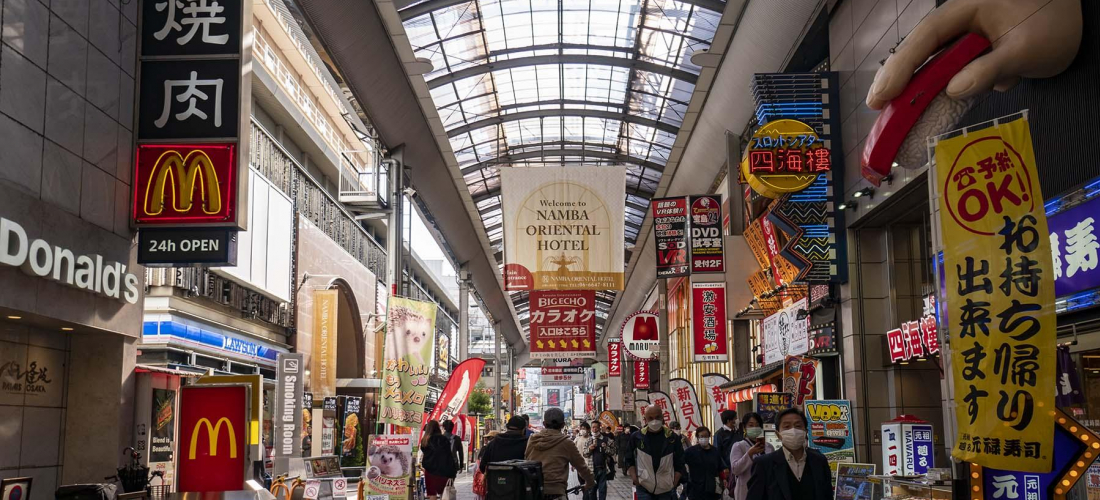
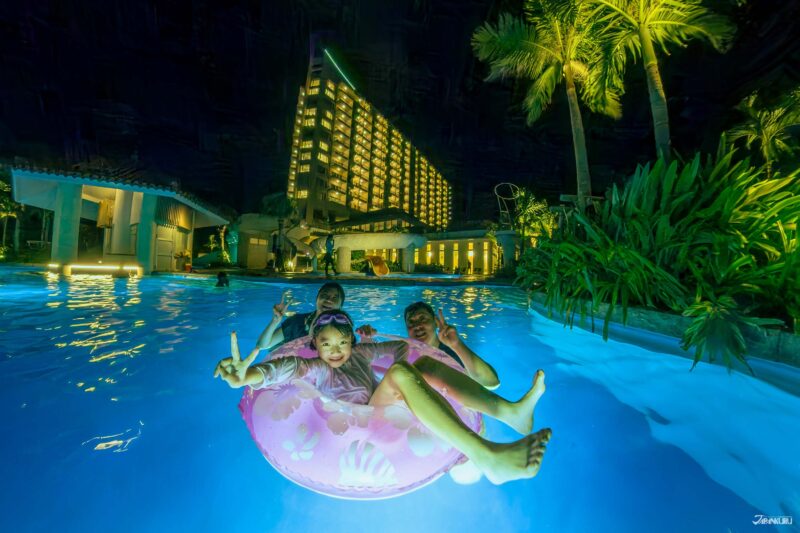
amazing!
hmmm
Nice
nize one